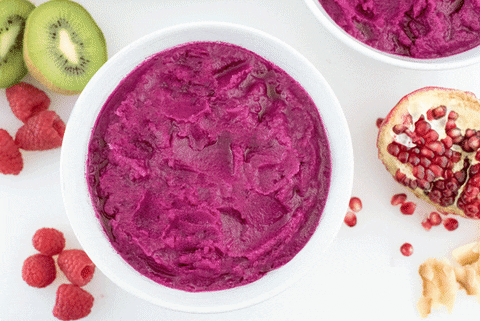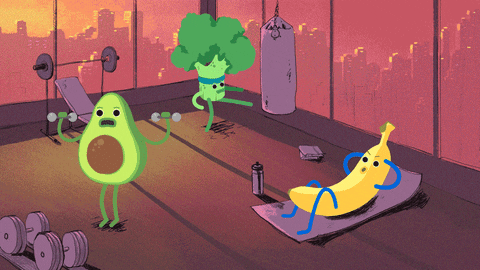“You said, ‘fit teas are good for you.’ The lie detector determined that was a lie.”—Maury Povich, probably.
Since when did health become so complicated?
You go to the grocery store–you see endless aisles of products labelled “low fat”, “zero sugar” and “keto-vegan-paleo-low-calorie-friendly”. You log onto Instagram–you’re sold an array of juice cleanses and appetite suppressant lollipops. You turn on the TV–the first thing you see is an ad for the latest meal replacement smoothie.
https://www.instagram.com/p/B5k5a1KFZlY/?utm_source=ig_web_copy_link
You get it.
The world is full of misinformation surrounding nutrition—to the point where it can be hard to distinguish facts from marketing tactics.
So, in an effort to help block out the noise, here are the most common nutrition myths and why they do more harm than good:
MYTH: Carbs are bad for you
The keto diet—essentially a re-branded Atkins—would have you believe bread is the root of all evil. In fact, it’s quite the opposite. Carbohydrates are your body’s main source of fuel.

Carbs are one of the three macronutrients your body needs to survive (the other two being fats and proteins). They give the body fibre, which helps you feel full and prevent disease. Carbs are also broken down into glucose, which gives your body energy to do everything from biking to breathing.
In short: have those hash browns.
MYTH: Fresh is better than frozen

Freezing produce does not affect its nutrient content. The best way to eat fruits and vegetables is, well, however you like to eat them!
Frozen produce is great because it lasts longer and is super convenient. Fresh produce usually tastes sweeter and makes for a refreshing snack.
Don’t let the “natural is better” Instagram post trick you into vilifying frozen berries.

MYTH: Only eat organic
Brands love to slap the word “organic” on their products to make you feel healthy. However, the word “organic” just means the food has been grown according to strict farming standards that preserve the health of the land and local communities.
And, that’s great—if you can afford it.

Buying organic usually costs more than buying conventional, which isn’t feasible for many students. Luckily, organic and non-organic produce contain almost identical nutrients—so you can still be healthy on a budget.
MYTH: You need to detox
Your body does encounter toxins as you move through the world. But, you don’t need an apple cider vinegar cocktail to get rid of them. You have ways to detox built right into your abdomen—they’re called your liver and kidneys.
Not only are most “cleanses” unsupported by science, but they also tend to be wildly expensive. Save your money—and your sanity—by eating real food that makes you feel good.

MYTH: Cravings are a sign of malnutrition
At surface level, it makes sense: if you’re craving a food, you might be low in one of the nutrients it contains. Replace the nutrient, and the craving is gone. Right?
Wrong.
Food cravings are often a direct response to restriction. In other words, if you cut out certain foods from your diet, you’ll end up wanting them more.

Diverting your chocolate craving by eating almonds will only make you grumpy.
MYTH: You don’t need to watch What the Health Live
If you’re interested in busting health myths, you’ll want to join your Student Engagement Coordinator Camila on IGNITE’s Instagram every Tuesday at noon for our new web series What the Health Live.

Award-winning dietitian Sue Mah will break down topics like cooking on a budget, fighting stress with food and eating mindfully.
Oh, and we’re giving away a $100 grocery gift card every episode so you definitely won’t want to miss out.
See you there!
Want more expert advice? Tune in to Earning & Learning Live, IGNITE’s weekly web series on how to handle your money.
Follow IGNITE on Facebook, Instagram and Twitter for all things student life.
